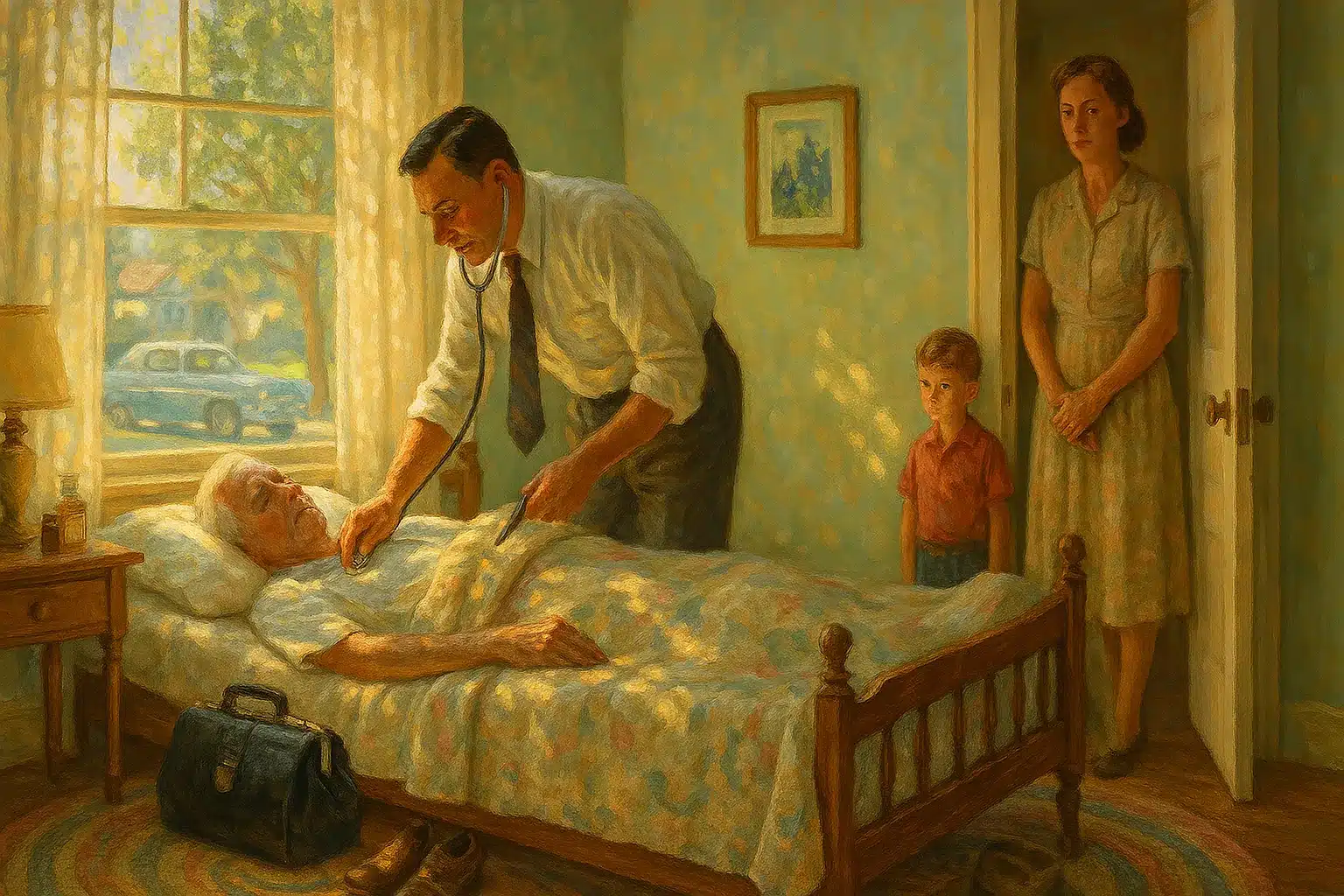The Texas Medical Board (TMB) is a state agency that regulates the practice of medicine by doctors (MDs) and osteopathic doctors (DOs) in Texas.
Practicing medicine in Texas is “a privilege and not a natural right of individuals,” according to the Texas Medical Practice Act. A person in Texas therefore may not practice medicine without a license. The Texas Medical Board interviews candidates seeking a medical license, issues and revokes licenses, and considers disciplinary matters.
By law, the board has the power to make rules about physician advertising, rules about patient records, and rules governing the practice of medicine.
Functions
The main function of the Texas Medical Board include:
- Licensing and Credentialing: Evaluates applications and issues licenses to qualified physicians (MDs and DOs) and other medical professionals under its jurisdiction.
- Enforcement and Discipline: Investigates complaints against license holders and imposes disciplinary actions such as fines, license suspension, or revocation when warranted.
- Rulemaking: Adopts rules related to the practice of medicine, including those governing physician advertising, patient medical records, and professional standards.
- Oversight of Allied Boards: Provides administrative support and regulatory oversight for related boards, including the State Board of Acupuncture Examiners, Physician Assistant Board, Board of Medical Radiologic Technology, and Board of Respiratory Care.
- Public Protection: Works to ensure the competence and ethical conduct of licensed practitioners in order to safeguard the public.
Appointed Board Members

The Texas Medical Board consists of 19 members appointed by the governor and confirmed by the state senate. Twelve members are physicians, including nine doctors of medicine and three doctors of osteopathic medicine. Seven other members are considered representatives of the public.
Each member holds a six-year term. The board typically meets five times a year. Additionally, the board has several committees that meet separately. These include:
- Disciplinary Process Review Committee;
- Executive Committee;
- Finance Committee;
- Licensure Committee.
Texas Medical Board Staff
The board employs an executive director and agency staff of approximately 220.
The agency’s staff are organized into three divisions – Licensure, Enforcement, and Administration – which in turn consist of several departments, including Registrations, Licensing, Enforcement, Investigations, Compliance, Litigation, and IT.
History of Medical Oversight in Texas
Texas began regulating the medical profession in 1837, when the Congress of the Republic of Texas created the Board of Medical Censors, tasked with licensing physicians and protecting the public from unqualified practitioners. The move reflected early efforts to impose professional standards on the frontier, where formal medical training was rare and public health infrastructure was minimal.
After Texas entered the Union, medical oversight lapsed into a more fragmented system. That changed in 1907, when the state Legislature created the Texas State Board of Medical Examiners, a centralized authority with the power to license doctors and enforce standards of medical education and conduct. This marked the beginning of a more modern, structured approach to regulating the profession.
Over the 20th century, the board’s mission broadened. In addition to licensing physicians, it began to investigate complaints, discipline those who violated medical standards, and develop rules governing advertising, patient records, and other areas of practice. The board also took on administrative responsibilities for other licensed professions, such as physician assistants, acupuncturists, and radiologic technologists.
In 2005, the Legislature changed the agency’s name to the Texas Medical Board, aligning it with its expanding oversight role and regulatory responsibilities. Today, the board remains the state’s chief authority on medical licensure and discipline, continuing a tradition of public protection that began nearly two centuries ago.



